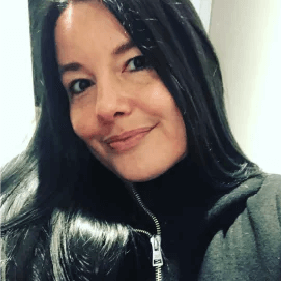SEARCH THE ENTIRE SITE

Seminar "Indigeneity, hybridity, anthropophagy (II)" #4
The 05/04/2022 from 5:30 pm to 7:30 pmLéuli Eshrāghi and Wanda Nanibush
The rise in visibility of Indigenous practices in international contemporary art is a major phenomenon in the history of art being written, with the risk, at times, of becoming a simple label. The terms “hybridity” and “anthropophagy” (in reference to the “Cannibalist Manifesto” of Oswald de Andrade) were thus attached to Indigeneity to avoid identity assignments and to question the invention of variable practices and identities, thwarting the categories inherited from colonialism and making it possible to rethink the relationship to nature, territory, humans and other than humans.
For this first session in connection with Reclaim the Earth, Léuli Eshrāghi, artist, curator and scientific advisor of the exhibition, investigate the conditions of dissemination of Indigenous visual arts. Looking not only at the poetically decolonial currents of thought in Vanuatu and other French-speaking Indigenous territories, but also at the ways in which artists, thinkers and curators conceive of the worlds of art, they are involved in linguistic renewal and Indigenous futurisms. This intervention is on site and in French.
Following them, Anishinabe-kwe curator and writer Wanda Nanibush presents a group of artists who place cultural resurgence, reparative justice, and land reclamation at the forefront of the environmental movement. They address the issues of our time, enacting Indigenous methodologies and philosophies that change our material and spatial relationships to the world. Wanda Nanibush asserts that justice and sovereignty are essential factors to any environmental movement today that does not want to reproduce existing colonial relations. This intervention is on site and in English.
Co-conception Morgan Labar (Associate Professor, ARTS Department, ENS) and Daria de Beauvais (Senior Curator, Palais de Tokyo). In partnership with the École Normale Supérieure (Paris).


